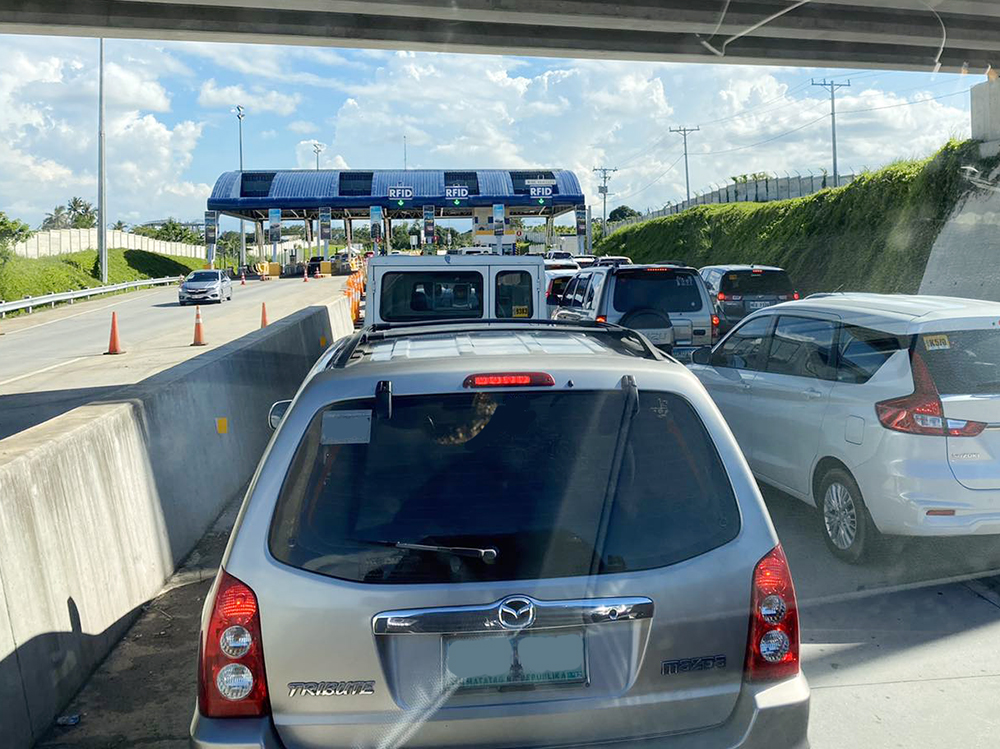
In this whole maelstrom of blunders as tollways transition from cash collection to electronic payment, perhaps the most prominent one is the traffic congestion at tollbooths caused by malfunctioning RFID readers. When that happens, long lines of vehicles get trapped in non-moving chaos. Which you’ve probably experienced yourself or at least seen on social media.
And so everyone can’t understand why tollway operators can’t seem to fix the problem. Do the RFID scanners have inferior quality? Are the RFID tags wrongly placed on the vehicles? Are motorists at fault for not properly positioning in line?
Whatever the reason, the implementing rules and regulations issued by the Toll Regulatory Board regarding “cashless or contactless transaction for all vehicles traveling on toll expressways” specify what toll operators ought to do in such instances:
Should conditions arise that the Electronic Toll Collection system malfunctions—or an operational problem occurs, man-made or otherwise—the toll facility operator shall exert all efforts necessary to address the situation in accordance with the standard protocols under the Operations Manual, acceptable industry practices, and other means to maintain continuous flow of traffic, among others. Should such situation persist causing extraordinary queuing length of 1km for Class 1 and 2 vehicles, and 1.2km for Class 3 vehicles approaching the toll plaza, the toll barriers shall be raised for at least five minutes allowing vehicles toll-free pass-thru until the traffic flow normalizes.
That’s right: If the queue at RFID tollbooths is already 1km long for regular passenger vehicles, the tollway operator should raise the toll barriers for at least five minutes and let cars pass without charging them. If the tollbooth personnel refuse, show them the implementing rules and regulations at the end of this article.
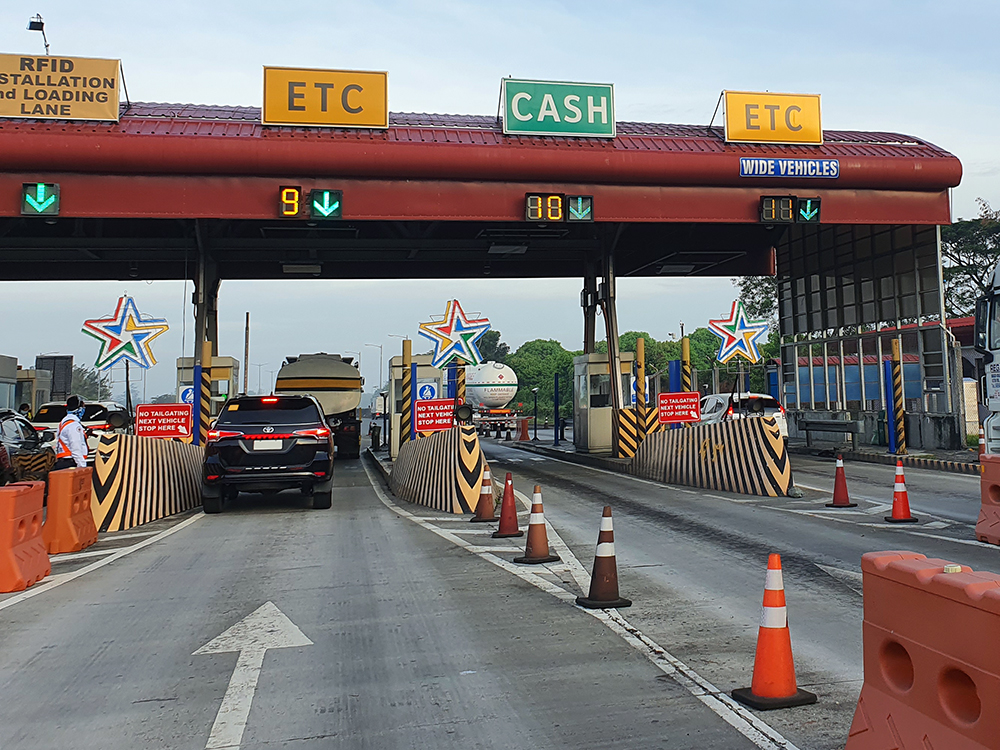
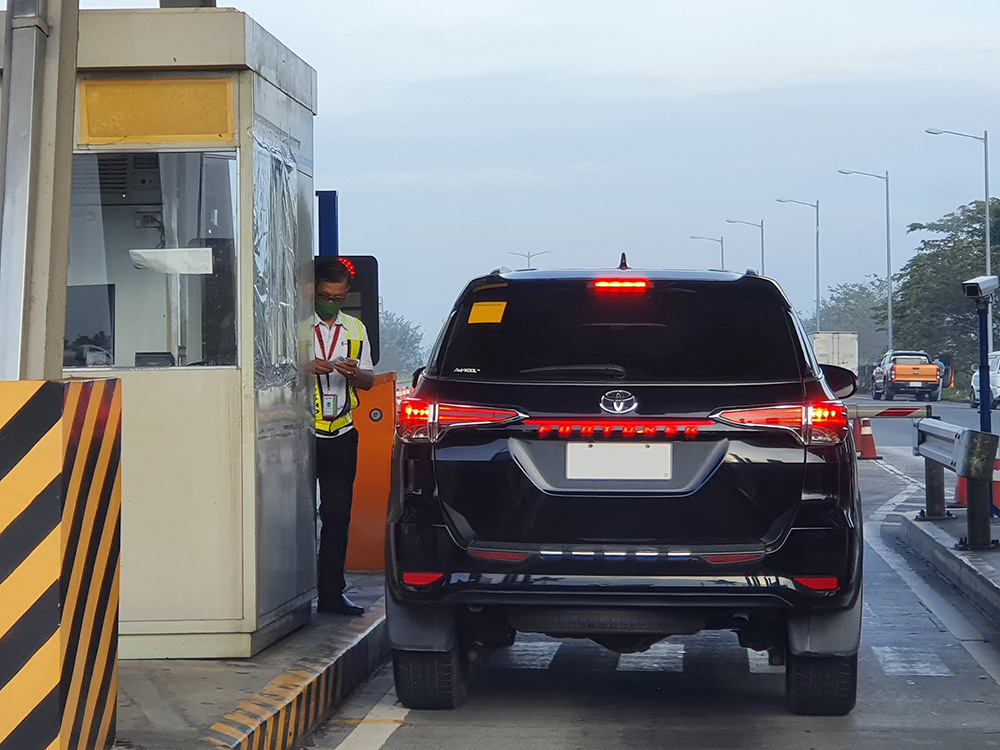
If you read the rules and the regulations, there are other things you will learn. For instance, the initial minimum load requirement for RFID accounts is only P200 for Class 1 vehicles, and P400 for Classes 2 and 3. Also, tollway operators should resolve complaints by motorists regarding cashless toll collection, within three business days.
Better read the implementing rules and regulations on electronic toll collection so you know your rights when it comes to the system. We suggest you save a copy on your phone for easy reference just in case you’ll need it. May the motoring gods protect us from abusive toll-collection practices.



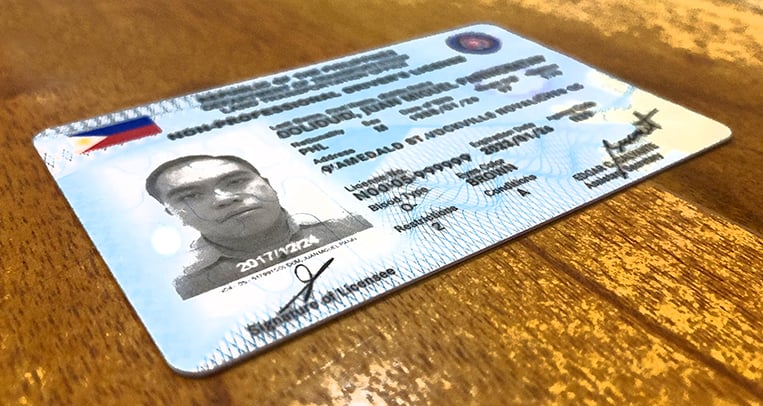
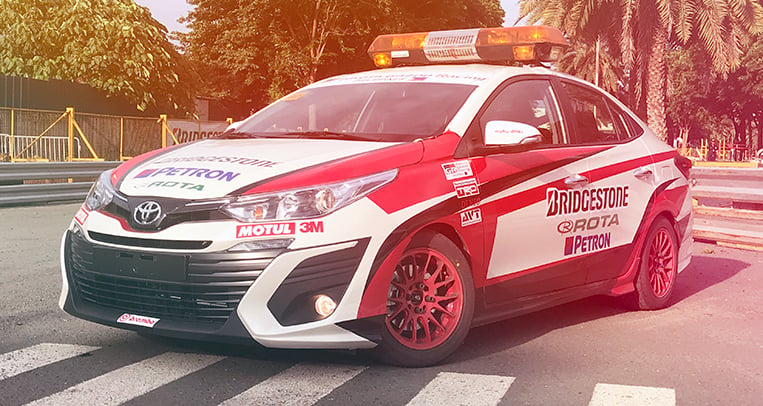







Comments